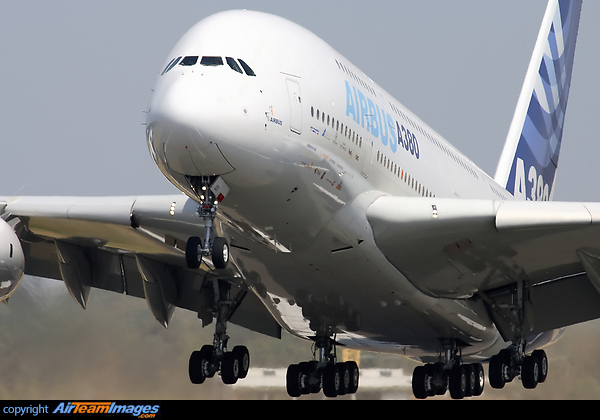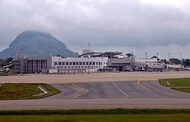The ground shifted beneath the massive jet, causing airlines to bail out on the world’s largest passenger airliner.
At this week’s Dubai Airshow, one of aviation’s most important annual events, it’s unlikely Airbus will ink any new sales of its A380 superjumbo jet, the company tells the BBC. Though Airbus EADSY 0.23% has downplayed the disappointment, this news represents a continuing downward trend for a the world’s largest passenger airliner, which was once hailed as the future of aviation—and a fundamental shift in the way we fly.
“The A380 is what people romanticized about airlines in the past,” says Vinay Bhaskara, senior business analyst with the trade publication Airways News. “It’s the spiritual successor for Boeing’s 747. But that [kind of] aircraft isn’t as relevant to today’s airline network.”
The A380 first flew in 2007, promising to carry as many as 800 passengers long distances between major hubs. The hope was that the massive jet would free up berths at the world’s busiest airports and deliver excellent fuel efficiency, while also offering optional top-end amenities such as gyms and lounges.
But global change has put the A380 at a disadvantage against smaller planes, most notably Boeing’s BA -0.57% 787 Dreamliner, which went into operation in 2011. Despite notorious technical problems with the 787, Boeing has taken more than 1,100 orders. So far, Airbus has received only a little over 300 orders for the A380.
The two planes don’t make for an apples-to-apples comparison, but they aren’t meant to. This is because the battle, now apparently decided, wasn’t really between two planes, but between two predictions about the world’s air travel market.
The A380 was built to shuttle passengers between the world’s largest hubs, with transfers to smaller planes to get them to their final destinations. But that’s no longer what air travel looks like.
“The trend,” says Bhaskara, “is to ever-increasing dispersion.” Developing regional economies have created greater demand for flights, not just from London to Singapore, but to second-tier destinations like Jakarta and Manila. Long-range, mid-sized planes like the Dreamliner are better suited to those routes.
Even between major hubs, the A380 seems to have less appeal than Airbus hoped, as airlines focus on service and agility.
“On a key business route like London-New York, high frequency is seen as a greater benefit than high capacity,” says Chris Brunning of the Brown + Hudson travel agency.
But it’s not all bad news for Airbus. Though the A380 is unlikely to recoup its development cost, the plane’s waning relevance isn’t an existential threat to the French builder, which has already pivoted to better match the market. Their A350, a smaller jet intended to compete more directly with the Dreamliner, received nearly 800 orders as of October.
And the A380 itself is unlikely to disappear completely, instead becoming a niche product. There’s continuing demand from the very largest-volume airlines, like Emirates, which flies 65 of the planes and heavily touts its old-school luxuries like in-flight showers and cocktail lounge.














